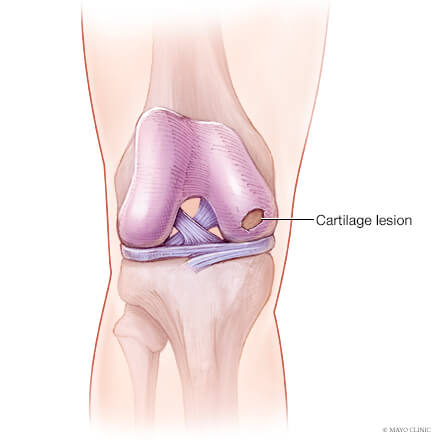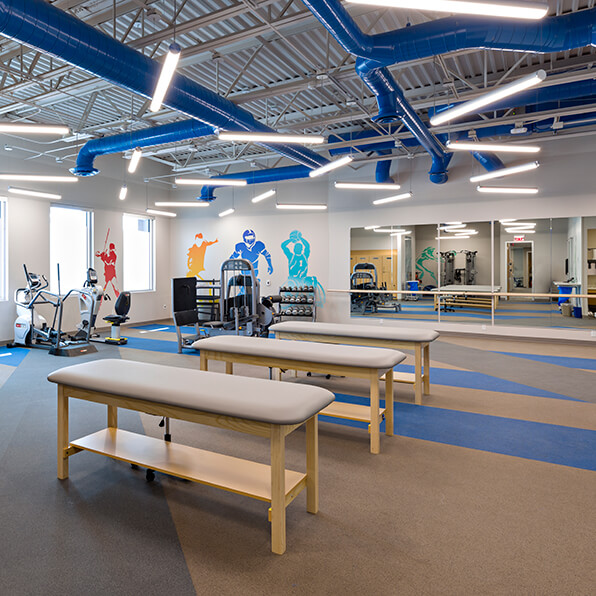
Both the femur (thigh bone) and tibia (shinbone) are covered with small, white, well-lubricated articular cartilage that makes the knee joint glide and function well. Healthy articular cartilage is a central component of a normal healthy joint.
Cartilage can become damaged due to a trauma such as a pivoting sport or when turning the knee or bending it deeply. Cartilage can also come loose due to damage in the underlying bone, OCD, or osteonecrosis. Sometimes cartilage damage occurs as part of degeneration, called osteoarthritis, which is the overall loss of tissue quality that occurs with aging.
Cartilage damage is most frequently seen between the ages of 15 and 30 or above the age of 50.
Damaged cartilage can lead to short-term symptoms such as pain, swelling, locking symptoms, and longer-term symptoms of osteoarthritis due to lack of the shock absorber function.


